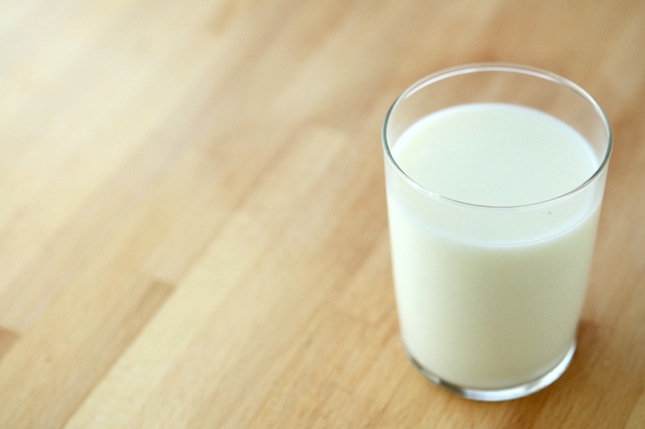You registered for the race few months ago and finally the “big” day is coming. Just 24 hours and you’ll finally cross the starting line and (hopefully) also the finish line.
Truth is, those final 24 hours before the big race are always filled with nervous anticipation, especially if it’s your first time. Over time, that feeling slowly diminishes, but unfortunately never goes completely away even after years of racing (I can tell you from my experience that it never does!).
All the ‘what ifs’ fill your head. What if I get cramps? What if I feel sick? What if I run out of energy? These things are all part of the excitement of choosing to participate in a sport event versus hiding under the covers on a Sunday morning.
With all these thoughts flooding your head, there’s another critical component to your final countdown to the gun – what do I eat? This is a very easy question to answer, but I won’t be able to give you the answer, actually: you’re the one who has the answer!
Not one menu is a perfect fit for all athletes; but there are some general rules that everyone can use as a guide during the final 24 hours leading into your race.
Truth is, those final 24 hours before the big race are always filled with nervous anticipation, especially if it’s your first time. Over time, that feeling slowly diminishes, but unfortunately never goes completely away even after years of racing (I can tell you from my experience that it never does!).
All the ‘what ifs’ fill your head. What if I get cramps? What if I feel sick? What if I run out of energy? These things are all part of the excitement of choosing to participate in a sport event versus hiding under the covers on a Sunday morning.
With all these thoughts flooding your head, there’s another critical component to your final countdown to the gun – what do I eat? This is a very easy question to answer, but I won’t be able to give you the answer, actually: you’re the one who has the answer!
Not one menu is a perfect fit for all athletes; but there are some general rules that everyone can use as a guide during the final 24 hours leading into your race.






.jpg)
.jpg)

.jpg)


+Chicken+Enchilada+Casserole.jpg)

